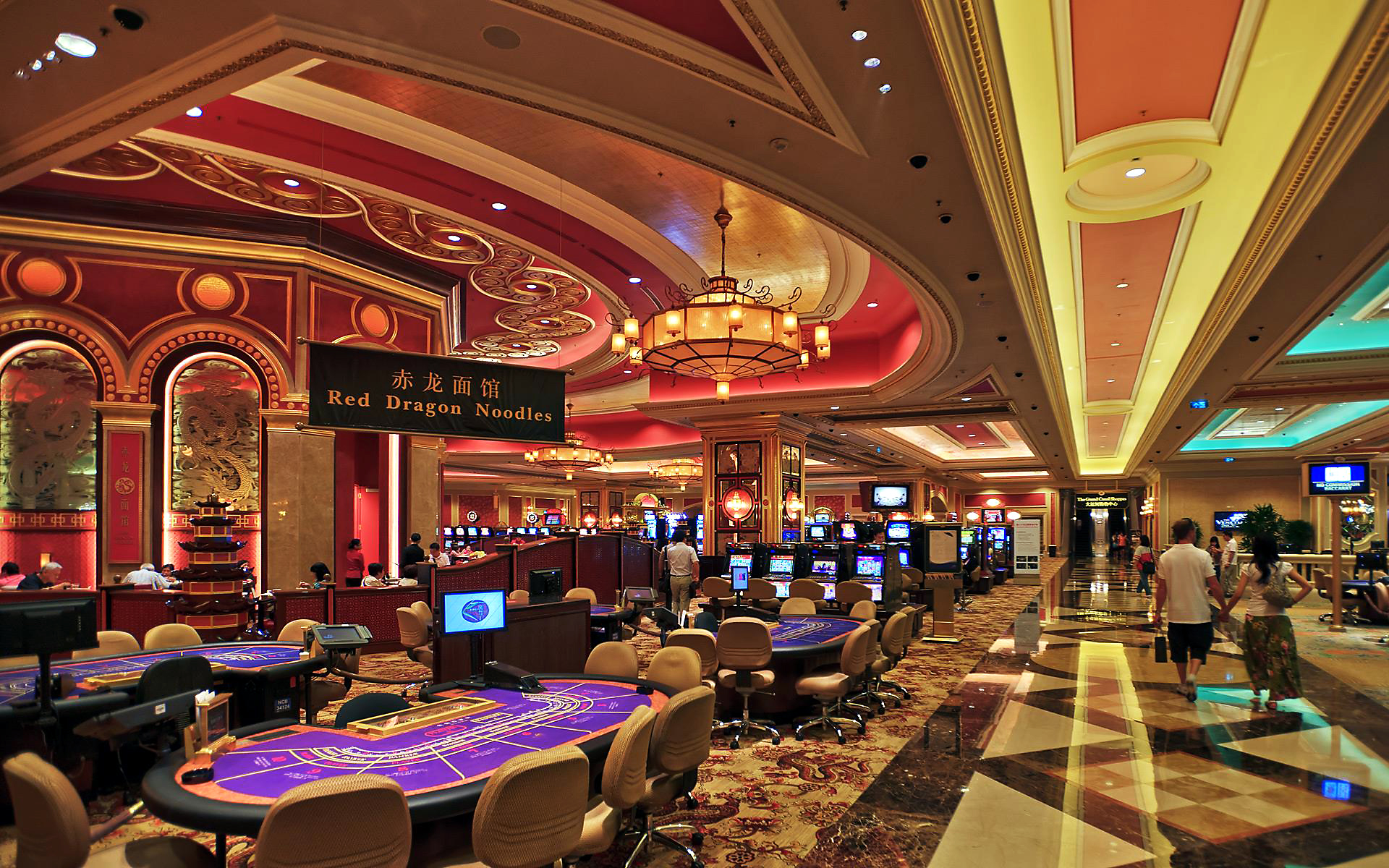In a dynamic and stimulating world of gaming establishments, where luck and strategy intertwine, color and aesthetic play a critical role in drawing in players. As soon as players step inside a casino or access a gaming platform, they are enveloped in a sightly feast that grabs their attention and lures them to explore further. Bright colors, captivating graphics, and creative layouts are carefully crafted to create an environment of thrill and expectation, ultimately improving the gaming experience.

As players move through the ever-changing landscape of casino games, they come across a range of designs that not only serve visual purposes but also affect emotions and choices. Colors like red and yellow symbolize wealth and fortune, while soothing blues and emeralds can create a much tranquil environment. Understanding how these elements work together allows casinos to create an welcoming and stimulating atmosphere that encourages players to interact with the games, invest more time at the tables, and increase their general enjoyment.
The Science of Hue in Gaming Establishments
Tint plays a critical role in the creation of casino games, affecting player emotions and responses. Bright and bold hues, such as crimson and gold, are often used to incite excitement and capture focus. These hues create a sense pressure and energy, encouraging participants to involve themselves more enthusiastically with the activity. By strategically selecting hues, developers aim to inspire emotions of satisfaction and anticipation, which can enhance the overall game experience.
Various hues also have psychological connotations that can affect how players perceive their possibilities of winning. For instance, green is often associated with luck and abundance, making it a frequent choice in games like roulette and poker tables. This association can cause participants to feel more positive and assured in their gameplay, ultimately encouraging them to bet more. Comprehending these connections allows game developers to craft environments that enhance player satisfaction and retention.
Furthermore, the layout of gambling game interfaces often uses gradients and opposing hues to instruct players’ responses. For example, winning results may be emphasized with striking, opposing shades, creating a visual cue. This method reinforces favorable outcomes and promotes repeated engagement. https://bet888.solutions/ By leveraging the science of color, casinos can design activities that not only attract gamblers but also keep them interested and invested in their gaming experience.
Design Elements that Engage Players
The aesthetic appeal of casino games is primarily influenced by the use of vibrant colors. Bright and striking colors are deliberately chosen to create an appealing atmosphere that captures attention. For instance, crimson and golden hues often signify luck and prosperity, which is why they are common in the color schemes of slot machines and table surfaces. These colors not only attract players in, but they also stir emotions related to thrill and anticipation, enhancing the total gaming experience.
In parallel to color, the design and organization of casino games play a significant role in captivating players. Games are designed to be intuitive, ensuring that players can quickly understand the guidelines and gameplay. User-friendly interfaces, along with engaging graphics and animations, help maintain player interest and encourage extended play sessions. The physical elements, such as the feel of the controls and the sounds of the games, also add to a holistic sensory experience that keeps players immersed.
Finally, thematic elements in game design can greatly influence player choice. Many casino games are inspired by media, myths, or adventure themes, featuring symbols and characters that resonate with players. These themes create a sense of engagement and relatability, making each game feel distinct. When players feel a connection to the theme, they are more likely to opt for that game over others, leading to increased participation and enthusiasm within the gambling environment.
Case Studies: Successful Gambling Table Game Designs
One noteworthy example of impressive gambling game design is the popular slot machine series themed around popular movies. Games such as those based on the The Wizard of Oz and Game of Thrones utilize dynamic colors and superior graphics to enthrall players in recognizable narratives. The application of dynamic visuals and engaging sound effects takes the interest of players, creating an emotional connection to the theme. This approach not only promotes longer play but also improves the overall gaming experience, leading to increased player retention.
Another effective case is the application of color psychology in table games like 21 and the wheel. Casinos often design these games with dark reds and greens, colors traditionally connected with luck and wealth. For instance, the emerald felt on a blackjack table provides a soothing effect, while the crimson accents in the wheel invite anticipation. This intentional use of color helps to foster an inviting atmosphere that motivates players to engage, fulfilling their psychological impulses and increasing their enjoyment.
Finally, online casino games that incorporate social features and bright, colorful designs have seen remarkable success in engaging players. Games like Zynga Poker and Slot-O-Mania leverage vivid colors and playful animations to create an inviting online environment. The addition of leaderboards, social sharing options, and in-app rewards promotes competition and community, drawing players in for longer sessions. Such designs not only make the games visually appealing but also underscore community engagement, a crucial factor in player retention and engagement within online casino environments.